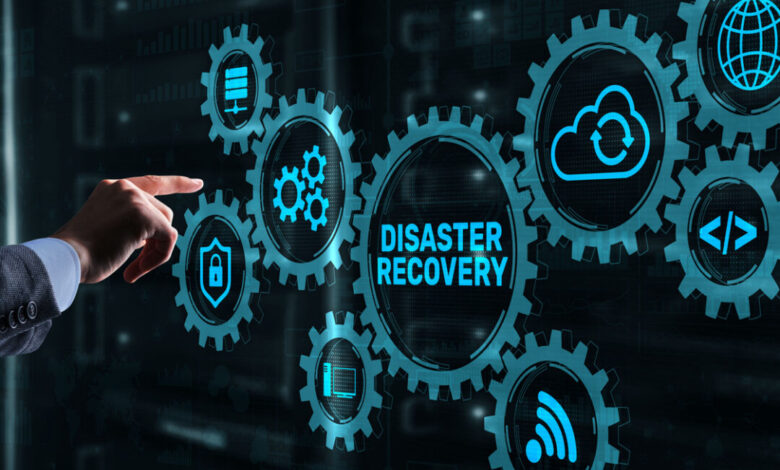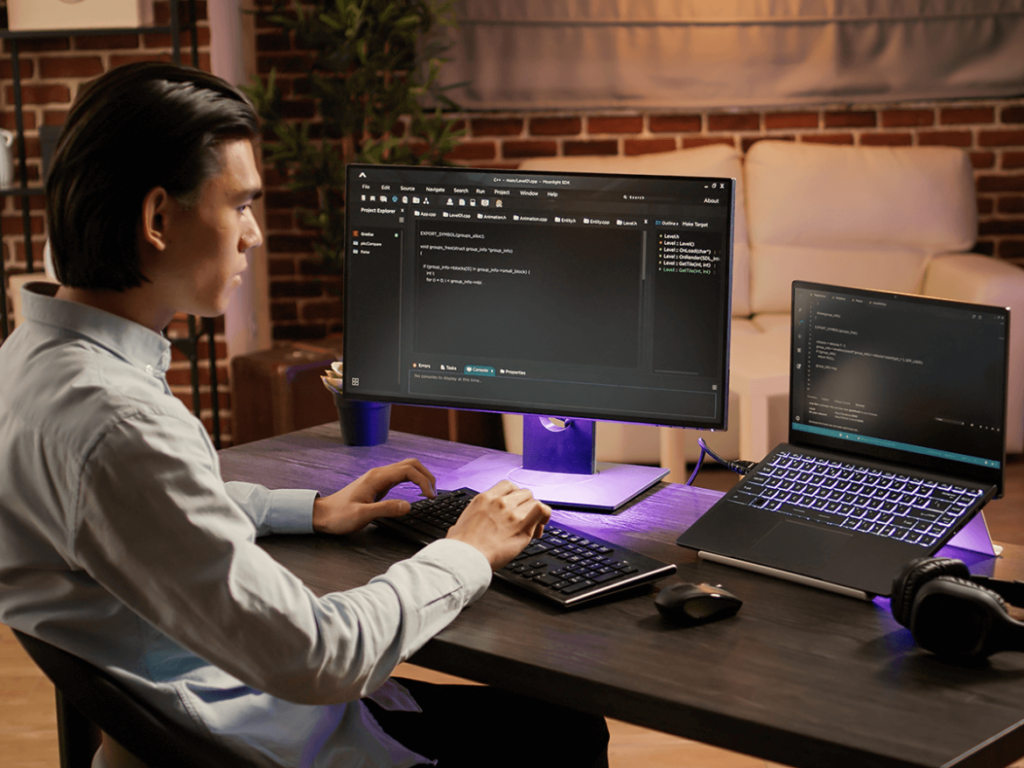
Our digital age requires businesses to depend on data and technology for smooth operations. But what’s the plan when there’s a crisis —be it a cyber-attack, equipment breakdown, or natural disaster? That’s where disaster recovery (DR) comes into play. A robust DR plan enables your company to recover and minimize damage. There are two Key elements in any DR strategy. These are the Recovery Time Objective (RTO) and Recovery Point Objective (RPO). Although they might sound alike, they both serve separate goals. In this article, we’ll examine what these terms mean, how they differ, and why your business needs them.
What is the Recovery Time Objective (RTO)?
Recovery Time Objective (RTO) refers to the duration your company can handle being offline following a crisis before things get out of hand. It is the duration you need to restore your systems after a disaster occurs. If your company can only withstand 60 minutes of downtime before losing clients or revenue, your RTO equals one hour.
Consider RTO as a countdown after a system failure. The quicker you can bounce back, the less harm your company experiences. But accelerating recovery often has a cost—faster restoration calls for more sophisticated (and pricier) tools and approaches.

Factors That Impact RTO
A few factors have an impact on the speed at which you need to bounce back after a catastrophe:
- Business Impact: How much will downtime hurt your business? Take an e-commerce site that sells products online. It can’t handle long outages without losing sales, so it needs a short RTO.
- Technology in Place: Your system’s complexity affects recovery time. A simple setup might bounce back faster than a big, complex one.
- Disaster Recovery Setup: Your recovery speed depends on whether your systems are local, in the cloud, or both.
- Backup Strategy: How often you save your data and where you store those backups affects how fast you can recover.
What is a Recovery Point Objective (RPO)?
Recovery Point Objective (RPO) impacts how much data loss your company can handle after a disaster. RPO doesn’t deal with downtime but centers on the amount of recent data you can lose if something goes wrong. Let’s say your system does backups every hour. If a disaster hits, you might lose up to an hour’s data. In this scenario, your RPO would be one hour.
A lower RPO means you’ll lose less data. But, like RTO, it can cost a lot to achieve. Companies that need real-time data—such as banks or online shops—often require a very short RPO to minimize losses.
Factors That Affect RPO
Several things affect the amount of data your company can handle losing:
- Data Sensitivity: Some businesses handle data that requires special care, like financial transactions, health records, or legal documents. These companies often need an RPO close to zero, meaning they can’t risk losing even a few seconds of data.
- Backup Frequency: How often you save your data affects your RPO. If you only save your data once a day, you might lose a whole day’s info if something goes wrong right before your next save.
- Storage Location: Where you keep your backups matters a lot. On-site backups might be faster to retrieve but face the same risks as your primary systems. Cloud backups are safer but might take more time to recover.
- Cost of Losing Data: Different businesses handle data in various ways. A social media platform might be okay with losing a few minutes of user activity, but a bank can’t afford to lose any transaction data. The more valuable your data is, the shorter your RPO needs to be.
Differences Between RTO and RPO
While RTO and RPO both play a crucial role in disaster recovery, they zero in on different areas. Here are RTO vs RPO differences:
- Main Concern:
RTO: How long it takes to get systems back up after a disaster
RPO: The amount of data you can lose after a disaster
- Measure of:
RTO: System downtime (in hours, minutes, or days)
RPO: Data loss (the amount of data you can afford to lose)
- Goal:
RTO: Cut down the time your business is offline
RPO: Reduce the amount of data you might lose
- Cost Impact:
RTO: A quicker RTO means you need to invest in faster recovery systems
RPO: A shorter RPO requires more frequent data backups, which can drive up costs
- Example:
RTO: A hospital needs to get its systems running again in 30 minutes to keep patient care going
RPO: An online store might be able to lose 5 minutes of transaction data

Why Are RTO and RPO So Important?
Both, RTO and RPO play a crucial role in keeping your business up and running during and after a disaster. Here’s why:
- Limit Financial Losses: Long downtimes or huge data losses can cost your business money through missed sales or lower productivity. When you set the right RTO and RPO targets, you cut down on these risks.
- Compliance with Regulations: Some fields, like healthcare and finance, have strict rules about system downtime and data loss limits. When you meet your RTO and RPO, you help ensure you stay well within the law.
- Customer Satisfaction: Long downtimes or lost data can make customers angry, hurt your reputation, and even lead to the loss of your business. By aiming for a low RTO and RPO, you help keep customers happy even when things go wrong.
- Smart Decision-Making: When you set clear RTO and RPO goals, you can pick the right technology to invest in. That helps you get the best value for your money as you plan on how to bounce back from disasters.
Conclusion
In today’s digital world, every business faces risks from disasters. These can stem from cyber-attacks, tech breakdowns, or natural events. That’s why a robust disaster recovery plan is crucial. Recovery Time Objective (RTO) zeroes in on how fast you can get your systems back up and running. On the other hand, Recovery Point Objective (RPO) highlights how much data you can handle losing.
Understanding the difference between RTO and RPO and how they apply to your company is crucial; it helps you make a disaster recovery plan that minimizes risks, keeps things running smoothly, and ensures your customers stay happy even when disaster strikes. When you balance these measures with your budget, you can be sure your business is able and always ready to bounce back from any crisis or disaster.



